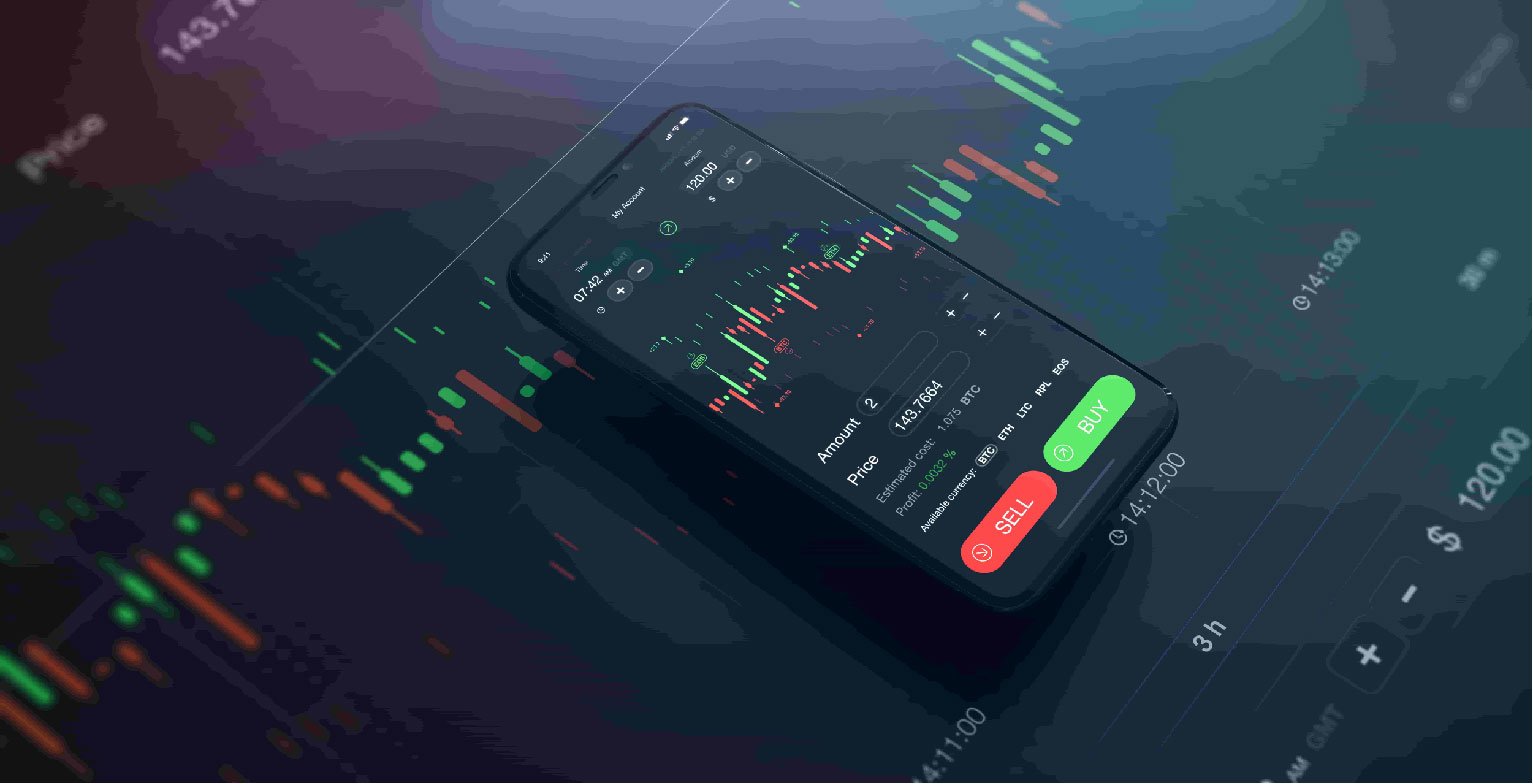Forex
The fundamentals of forex trading: A beginner’s guide

Ever felt confused by the frequent coverage of currency markets in the news? Perhaps you’ve wondered how the rise and fall of the pound, dollar or euro could affect you, or even present an opportunity.
While often shrouded in jargon, the world of forex trading is more accessible than you might think. With a daily turnover exceeding trillions of pounds, the foreign exchange market offers a dynamic space for individuals to engage with the global economy.
This guide will demystify the fundamentals and equip you with the knowledge and tools to start your journey.
What is forex trading?
Forex, short for foreign exchange, is the global marketplace where currencies are traded. When you go on holiday and swap your pounds for euros, you’ve participated in the forex market.
Essentially, forex trading involves buying one currency while simultaneously selling another. You’re speculating on whether the value of one currency will rise or fall against another. Each currency pair, like GBP/USD (British pound/US dollar), has an exchange rate that constantly fluctuates based on various economic and political factors. Your aim as a trader is to buy low and sell high, profiting from these price movements.
Why trade forex?
The forex market is the largest and most liquid financial market in the world. This means you can usually buy or sell currencies quickly and easily, with high liquidity also contributing to lower transaction costs compared to other instruments.
The market is open 24 hours a day, five days a week, allowing you to trade at convenient times regardless of your location. This flexibility makes it an attractive option for those with busy schedules or who want to get involved alongside other commitments.
Key strategies
There are numerous strategies you can employ in forex trading, but it’s crucial to start with the basics as a beginner.
- Fundamental analysis: Focuses on evaluating the economic and political factors that influence currency values, such as interest rates, GDP and political stability.
- Technical analysis: Involves studying historical price charts and using indicators to identify patterns and trends that can help you predict future price changes.
Many traders use a combination of both forms of analysis and put them into action in a variety of ways, some of which are:
- Scalping: Aiming to profit from small price movements, holding positions for just seconds or minutes. A high volume of trades is key, though.
- Day trading: Opening and closing positions within the same day, avoiding any overnight risk by not holding any positions when the market closes.
- Swing trading: Holding positions for anywhere from a few days to several weeks to piggyback on trends.
Tools and resources
Start by familiarising yourself with charting software that allows you to visualise price shifts and apply technical indicators. Find a forex trading platform that provides you with access to user-friendly versions of these.
Equally important is making use of quality educational resources. Look for websites, online courses and books that provide comprehensive information on the subject.
Thorough research and continuous learning are vital for success. Don’t rush into anything without a solid understanding of the market and the risks involved. But with dedication and a strategic approach, you can begin your journey in the exciting world of forex trading.
For More Information Visit Coopermagazine

-

 Celebrity1 year ago
Celebrity1 year agoWho Is Jennifer Rauchet?: All You Need To Know About Pete Hegseth’s Wife
-

 Celebrity1 year ago
Celebrity1 year agoWho Is Mindy Jennings?: All You Need To Know About Ken Jennings Wife
-

 Celebrity1 year ago
Celebrity1 year agoWho Is Enrica Cenzatti?: The Untold Story of Andrea Bocelli’s Ex-Wife
-

 Celebrity1 year ago
Celebrity1 year agoWho Is Klarissa Munz: The Untold Story of Freddie Highmore’s Wife















